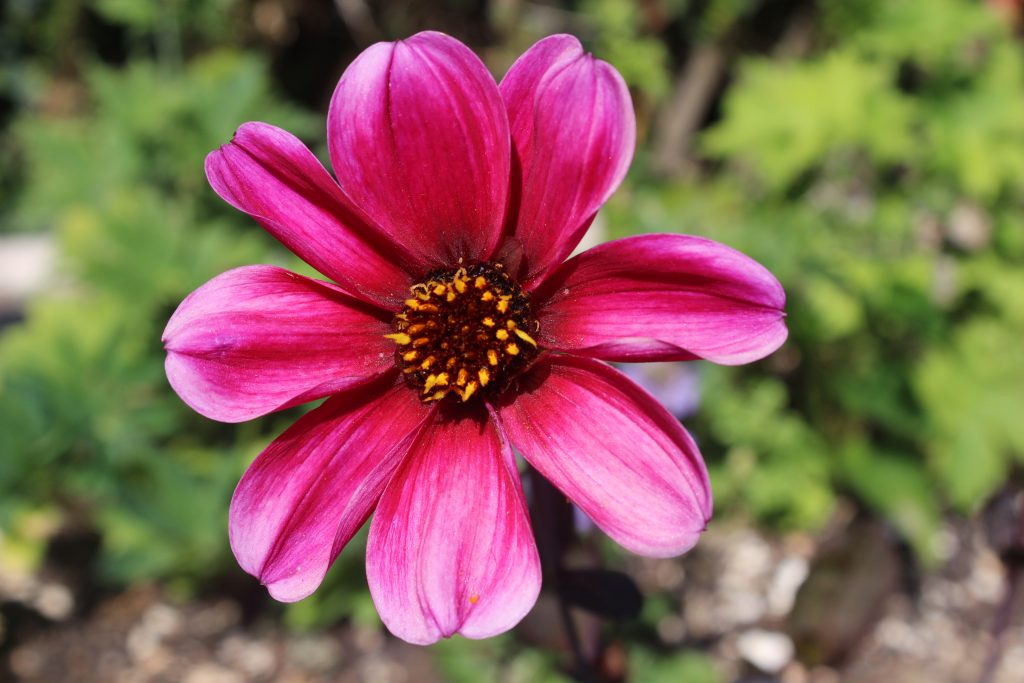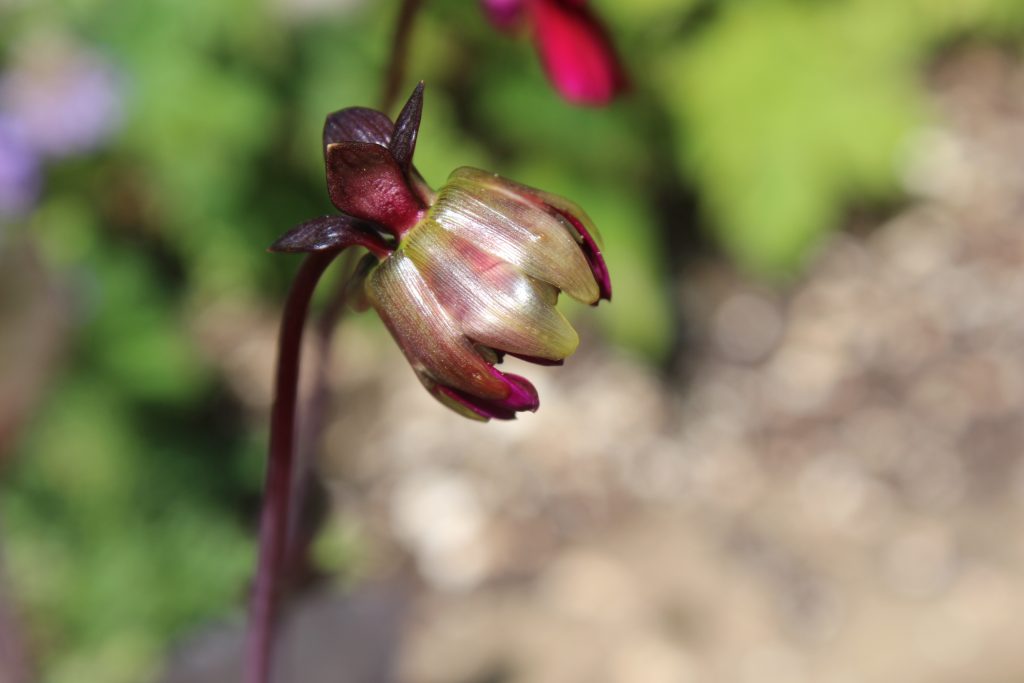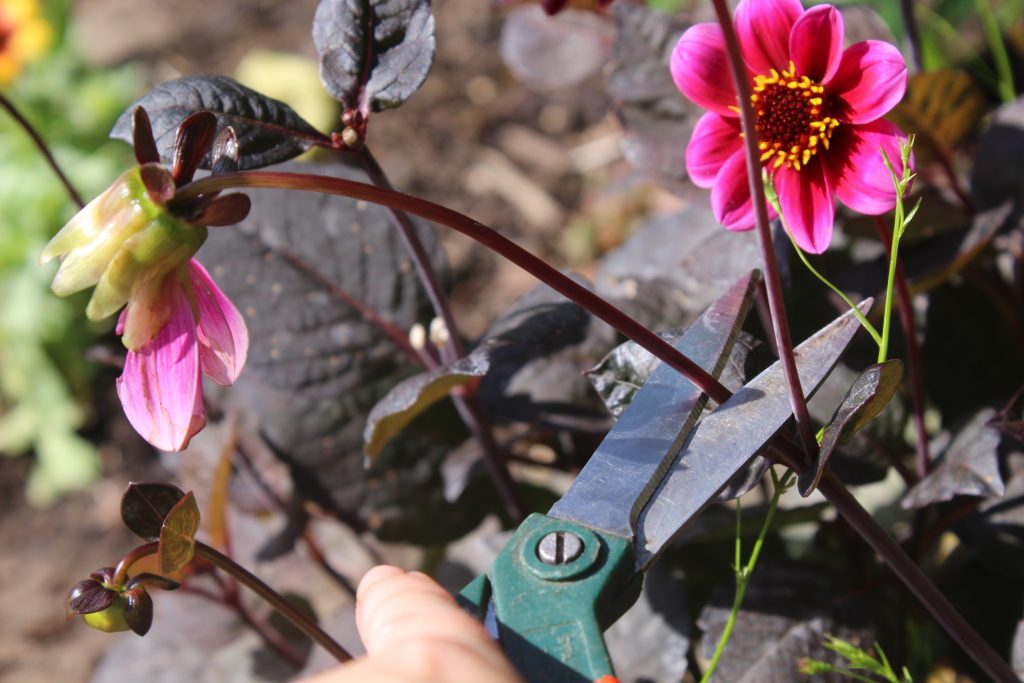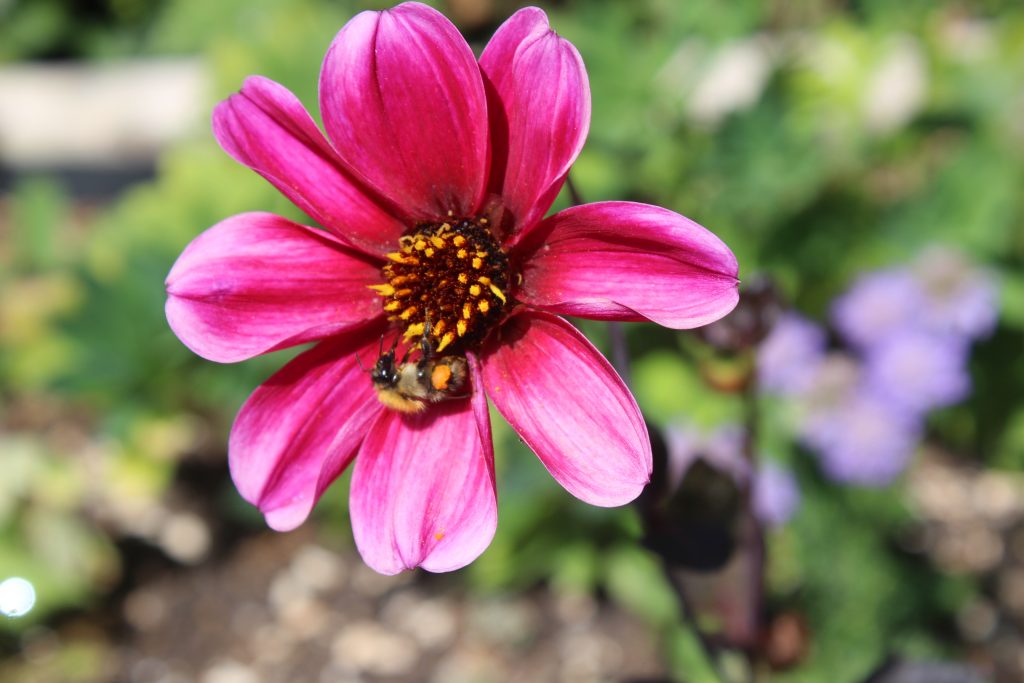As your host of golden daffodils makes way for a throng of radiant tulips, there is one easy job that you can do right now – grab your garden scissors or secateurs and snip the scruffy fading heads off your daffodils, or pinch them off with your fingers.
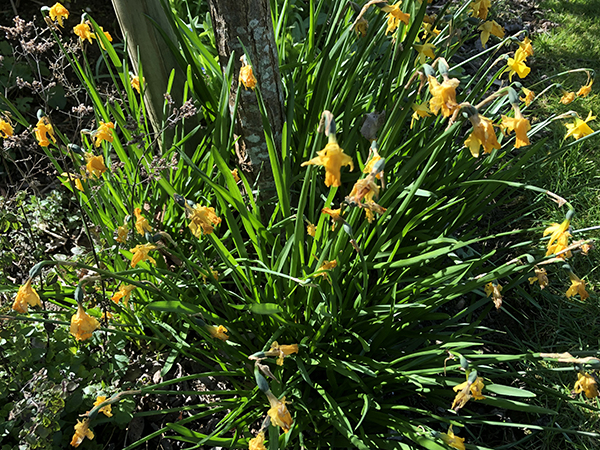
Remove the faded blooms just below the swelling at the back of the flower. This stops the plant from expending energy making a seed pod.

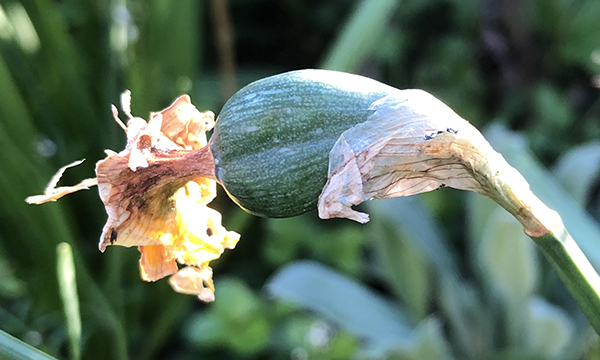
There’s no need to remove the rest of the foliage; let it die back naturally over the next 4–6 weeks. In theory, the plant will put all the goodness back into the bulb instead, so that it will produce more gorgeous flowers next year.
I say ‘in theory’, as there is some debate as to whether deadheading daffodils makes any difference at all to the following year’s flowering. Even if it doesn’t, it will make your garden look a little bit tidier, and you can add the spent flower heads to the compost.
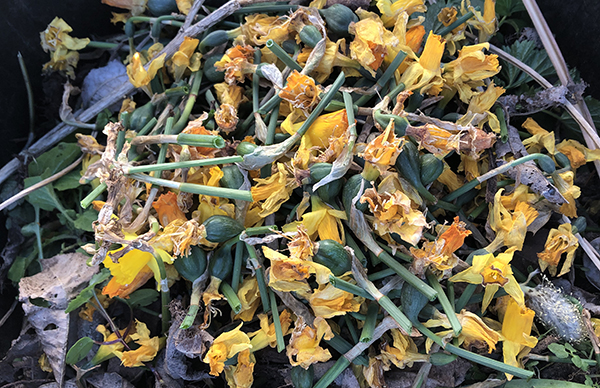
When the foliage has turned completely limp and yellow, you can cut it back to ground level.
Deadheading daffodils is an easy 15-minute job – the perfect opportunity to get up from your work-from-home desk or escape the rest of the family for a walk around the garden and a little quiet ‘me’ time.
Happy snipping!

